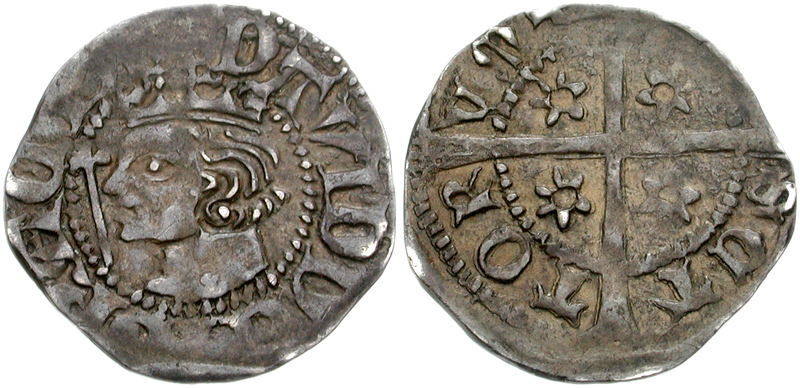| This Week’s Topic… | |

Best viewed in
|
Pound Scots
The pound Scots (Scots: Pund Scots) was the national unit of currency in the Kingdom of Scotland before the country entered into political and currency union with the Kingdom of England in 1707 (see Acts of Union 1707). It was introduced by David I on the model of English and French money, divided into 20 shillings each of 12 pence. The Scottish currency was later debased relative to sterling and, by the time of James III, the pound sterling was valued at four pounds Scots. In addition to the pound Scots, silver coins were issued denominated in merk, worth 13 shillings 4 pence (two thirds of a pound Scots). When James VI became King James I of England in 1603, the coinage was reformed to closely match that of England, with 12 pounds Scots equal to the pound sterling. In 1707, the pound Scots was replaced by the pound sterling at a rate of 12 to 1, although the pound Scots continued to be used in Scotland as a unit of account for most of the 18th century. Today there is no distinct Pound Scots; but Scotland's three largest national clearing banks (the Royal Bank of Scotland, the Bank of Scotland and the Clydesdale Bank) still print paper pound notes for domestic circulation. These notes are sometimes accepted as payment throughout the United Kingdom, but are much more commonly seen in Scotland; they represent the same Pound Sterling value as do Bank of England notes in England and Wales. |
